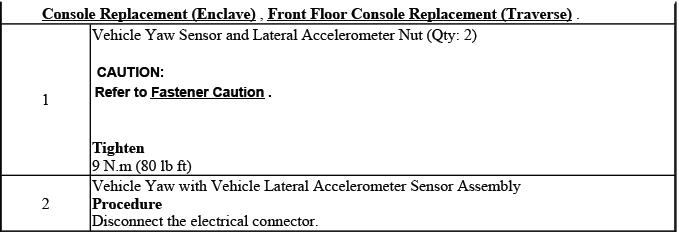Buick Enclave: Repair Instructions
ANTI-LOCK BRAKE SYSTEM AUTOMATED BLEED
WARNING: Refer to Brake Fluid Irritant Warning.
CAUTION: Refer to Brake Fluid Effects on Paint and Electrical Components Caution.
NOTE: The base hydraulic brake system must be bled before performing this automated bleeding procedure. If you have not yet performed the base hydraulic brake system bleeding procedure, refer to Hydraulic Brake System Bleeding (Manual) , Hydraulic Brake System Bleeding (Pressure) before proceeding.
1. Install a scan tool to the vehicle.
2. Start the engine and allow the engine to idle.
3. Using the scan tool, begin the automated bleed procedure.
4. Follow the instructions on the scan tool to complete the automated bleed procedure. Apply the brake pedal when instructed by the scan tool.
5. Turn the ignition OFF.
6. Remove the scan tool from the vehicle.
7. Fill the brake master cylinder reservoir to the maximum-fill level with GM approved brake fluid from a clean, sealed brake fluid container. Refer to Master Cylinder Reservoir Filling.
8. Bleed the hydraulic brake system. Refer to Hydraulic Brake System Bleeding (Manual) , Hydraulic Brake System Bleeding (Pressure).
9. With the ignition OFF, apply the brakes 3-5 times or until the brake pedal becomes firm, in order to deplete the brake booster power reserve.
10. Slowly depress and release the brake pedal. Observe the feel of the brake pedal.
11. If the brake pedal feels spongy, repeat the automated bleeding procedure. If the brake pedal still feels spongy after repeating the automated bleeding procedure inspect the brake system for external leaks.
Refer to Brake System External Leak Inspection.
12. Turn the ignition key ON, with the engine OFF. Check to see if the brake system warning lamp remains illuminated.
13. If the brake system warning lamp remains illuminated, DO NOT allow the vehicle to be driven until it is diagnosed and repaired. Refer to Symptoms - Hydraulic Brakes.
14. Drive the vehicle to exceed 13 km/h (8 mph) to allow ABS initialization to occur. Observe brake pedal feel.
15. If the brake pedal feels spongy, repeat the automated bleeding procedure until a firm brake pedal is obtained.
STEERING ANGLE SENSOR CENTERING
The steering angle sensor does not require centering often. Centering of the steering angle sensor might be required after certain service procedures are performed. Some of these procedures are as follows:
- Any change to the front wheel alignment
- Collision or other physical damage
- Electronic brake control module (EBCM) replacement
- Intermediate shaft replacement
- Steering angle sensor replacement
- Steering column replacement
- Steering gear replacement
- Outer tie rod replacement
The EBCM, Steering Position Sensor Calibration procedure can be completed with a scan tool using the steps below.
1. Using the steering wheel, align the front wheels in the center forward position.
2. Apply the parking brake or set the transmission in the PARK position.
3. Turn the ignition switch ON, with the engine OFF.
4. Clear any DTCs that may be set.
5. Using a scan tool, perform the EBCM, Special Functions, Steering Pos. Sensor Calibration.
6. Follow the scan tool directions to complete the calibration procedure.
7. After procedure is complete, press Exit and cycle the ignition OFF, open the driver door to cancel the Retained Accessory Power and wait one minute.
8. Cycle the ignition ON and clear all DTCs.
ELECTRONIC BRAKE CONTROL MODULE REPLACEMENT
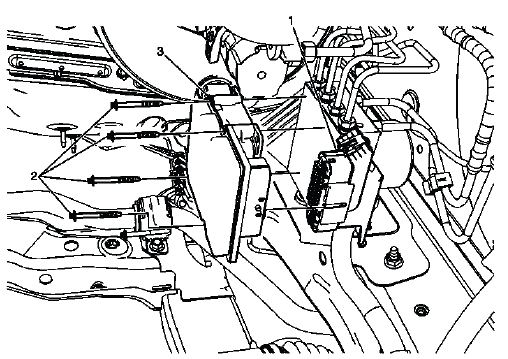
Fig. 4: Identifying Electronic Brake Control Module
Electronic Brake Control Module Replacement
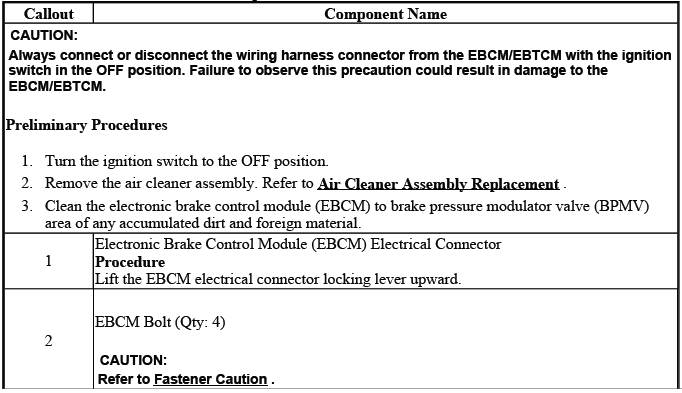
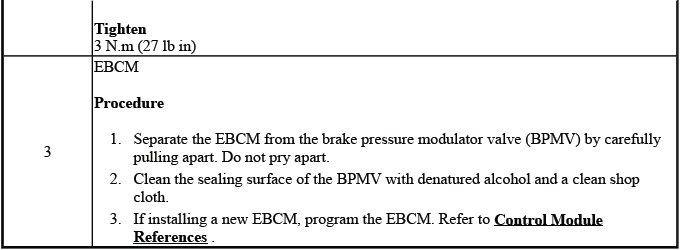
BRAKE PRESSURE MODULATOR VALVE REPLACEMENT
Removal Procedure
WARNING: Refer to Brake Fluid Irritant Warning.
CAUTION: Refer to Brake Fluid Effects on Paint and Electrical Components Caution.
CAUTION: Always connect or disconnect the wiring harness connector from the EBCM/EBTCM with the ignition switch in the OFF position. Failure to observe this precaution could result in damage to the EBCM/EBTCM.
1. Turn the ignition switch to the OFF position.
2. Remove the air cleaner assembly. Refer to Air Cleaner Assembly Replacement.
3. Disconnect the electronic brake control module (EBCM) electrical connector (1) by lifting the locking tabs.
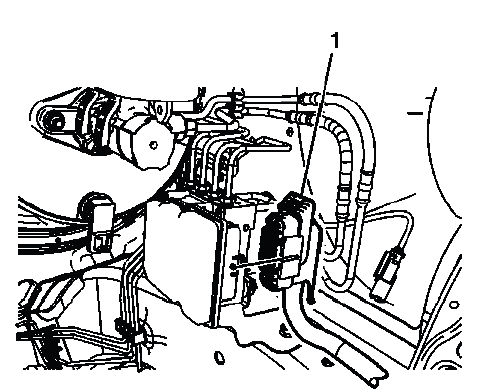
Fig. 5: Locating Electronic Brake Control Module Electrical Connector
4. Disconnect the master cylinder inlet brake pipe fittings (1).
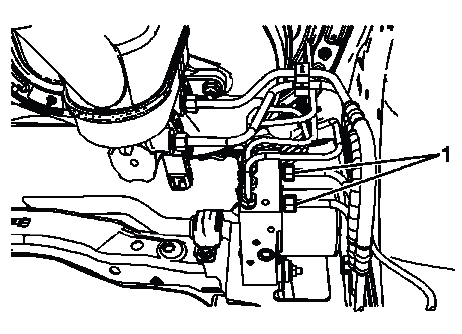
Fig. 6: View Of Master Cylinder Inlet Brake Pipe Fittings
Cap the brake pipe fittings and plug the brake pressure modulator valve (BPMV) inlet ports to prevent brake fluid loss and contamination.
5. Disconnect the BPMV outlet port front brake pipe fittings (1).
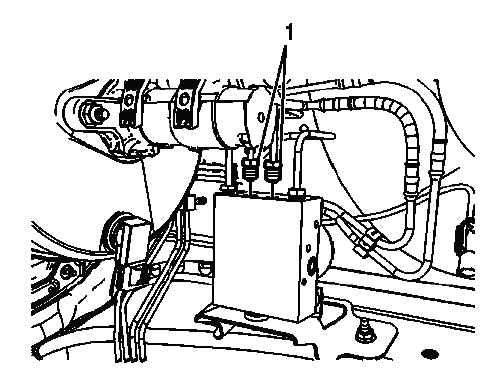
Fig. 7: Identifying BPMV Outlet Port Front Brake Pipe Fittings
Cap the brake pipe fittings and plug the BPMV outlet ports to prevent brake fluid loss and contamination.
6. Disconnect the BPMV outlet port rear brake pipe fittings (1).
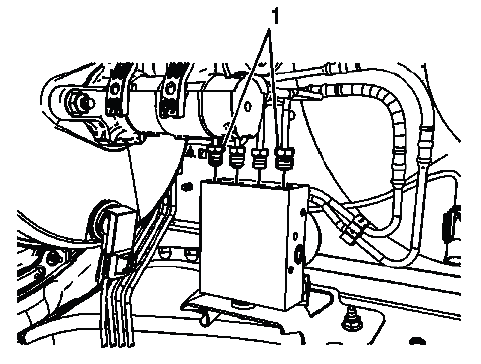
Fig. 8: View Of BPMV Outlet Port Rear Brake Pipe Fittings
Cap the brake pipe fittings and plug the BPMV outlet ports to prevent brake fluid loss and contamination.
7. Remove the 2 BPMV bracket nuts (1).
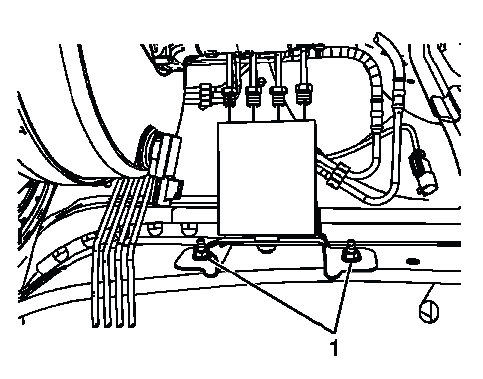
Fig. 9: Identifying BPMV Bracket Nuts
8. Remove the BPMV from the vehicle.
9. Remove the 2 BPMV insulator nuts and washers.
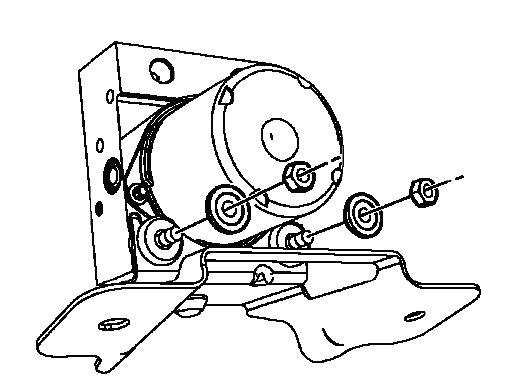
Fig. 10: View Of BPMV Insulator Nuts & Washers
10. Carefully remove the BPMV from the bracket by pulling upward.
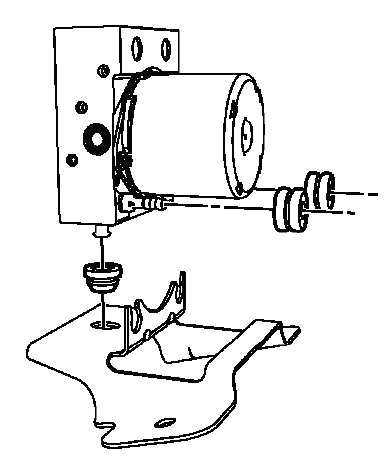
Fig. 11: Identifying BPMV Insulators
11. Remove the 2 BPMV insulators.
Inspect the insulators for damage and replace, if necessary.
12. Remove the lower BPMV insulator.
Inspect the insulator for damage and replace, if necessary.
Installation Procedure
1. Install the 2 BPMV insulators to the BPMV.
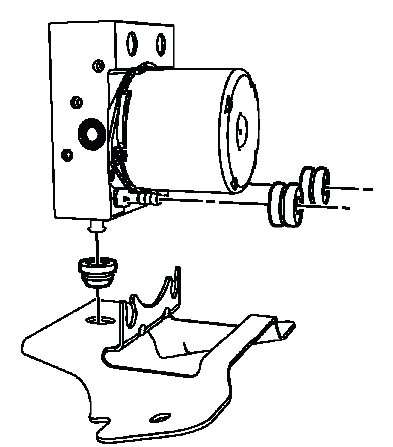
Fig. 12: Identifying BPMV Insulators
Denatured alcohol may be used as an assembly aid to install the insulators.
2. Install the lower BPMV insulator to the bracket.
Denatured alcohol may be used as an assembly aid to install the insulator.
3. Carefully install the BPMV to the bracket.
Denatured alcohol may be used as an assembly aid on the insulators to install the BPMV.
4. Install the 2 BPMV insulator washers and the 2 nuts.
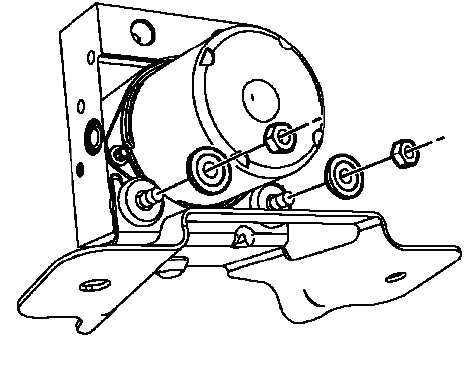
Fig. 13: View Of BPMV Insulator Nuts & Washers
CAUTION: Refer to Fastener Caution.
Tighten
- Tighten the nuts to 8 N.m (71 lb in).
5. Install the BPMV and bracket assembly to the frame rail.
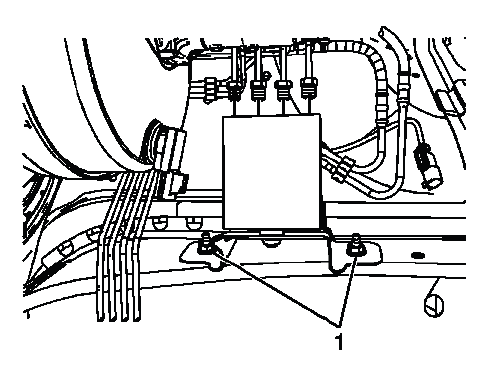
Fig. 14: Identifying BPMV Bracket Nuts
6. Install the 2 BPMV bracket nuts (1).
Tighten
- Tighten the nuts to 20 N.m (15 lb ft).
7. Connect the BPMV outlet port rear brake pipe fittings (1).
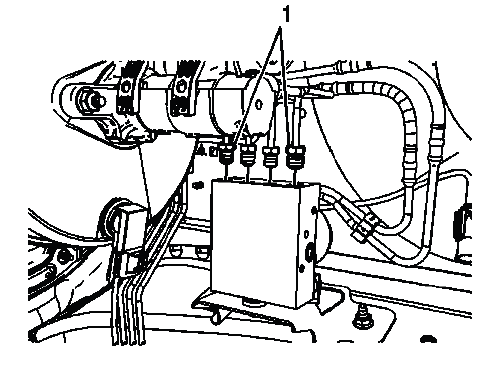
Fig. 15: View Of BPMV Outlet Port Rear Brake Pipe Fittings
Tighten
- Tighten the fittings to 17 N.m (13 lb ft).
8. Connect the BPMV outlet port front brake pipe fittings (1).
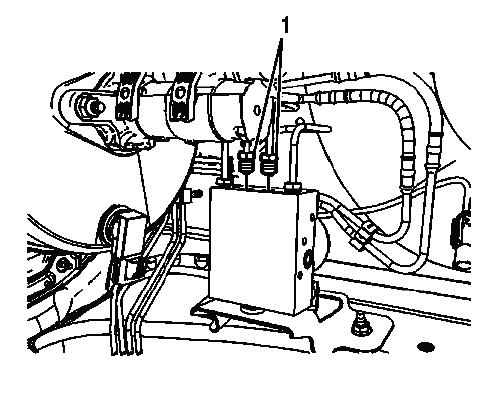
Fig. 16: Identifying BPMV Outlet Port Front Brake Pipe Fittings
Tighten
- Tighten the fittings to 17 N.m (13 lb ft).
9. Connect the master cylinder inlet brake pipe fittings (1).
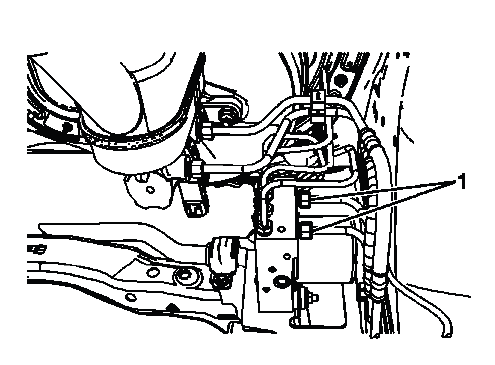
Fig. 17: View Of Master Cylinder Inlet Brake Pipe Fittings
Tighten
- Tighten the fittings to 25 N.m (18 lb ft).
10. Connect the EBCM electrical connector (1).
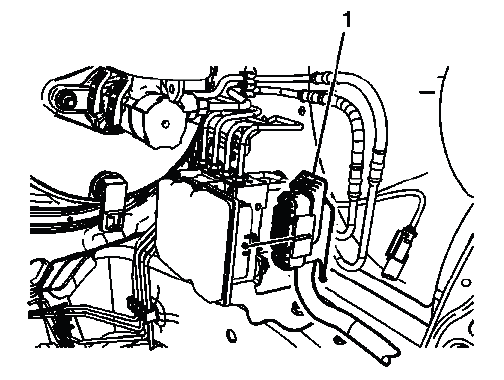
Fig. 18: Locating Electronic Brake Control Module Electrical Connector
11. A new BPMV comes with both the primary and secondary circuits pre-filled with brake fluid. As long as the ignition key has not been cycled, only a base brake bleed is necessary.
Bleed the hydraulic brake system. Refer to Hydraulic Brake System Bleeding (Manual) , Hydraulic Brake System Bleeding (Pressure).
12. Perform the Diagnostic System Check - Vehicle.
13. Observe the brake pedal feel after performing the diagnostic system check. If the pedal now feels spongy, air may have been in or may have been introduced into the primary circuit.
If the pedal feels spongy, perform the Anti-Lock Brake System Automated Bleed.
14. Install the air cleaner assembly. Refer to Air Cleaner Assembly Replacement.
BRAKE PRESSURE MODULATOR VALVE PRESSURE SENSOR CALIBRATION
The brake pressure sensor does not require calibration often. Calibration of the brake pressure sensor might be required after certain service procedures are performed. Some of these procedures are as follows:
- Electronic brake control module (EBCM) replacement
- Brake pressure modulator valve assembly replacement
The Brake Pressure Sensor Calibration procedure can be completed with a scan tool using the following steps:
1. Apply the parking brake or set the transmission in the P position.
2. Release the brake pedal.
3. Install the scan tool to the data link connector.
4. Ignition ON, engine OFF 5. Select Chassis 6. Select EBCM (Electronic Brake Control Module) 7. Select Programming 8. Select Brake Pressure Sensor Calibration and follow the scan tool directions to complete the calibration procedure.
9. Calibrate Brake Pressure Sensor? Press the Yes, soft key.
10. Programming successful! Press the Confirm, soft key.
11. Clear any DTCs that may be set.
BRAKE PRESSURE MODULATOR VALVE BRACKET REPLACEMENT
Removal Procedure
1. Remove the air cleaner assembly. Refer to Air Cleaner Assembly Replacement.
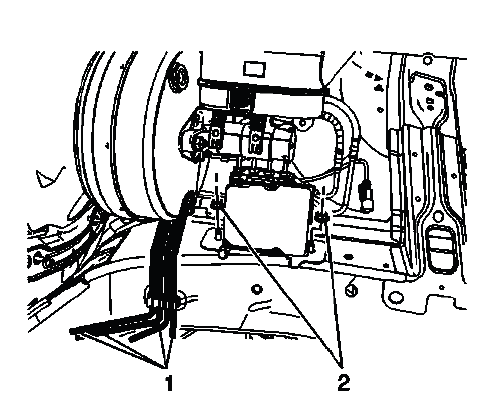
Fig. 19: View Of Front & Rear Brake Pipes
2. Release the front and rear brake pipes (1) from the routing clip on the frame rail.
3. Remove the 2 brake pressure modulator valve (BPMV) bracket nuts (2).
4. Remove the 2 BPMV nuts and washers.
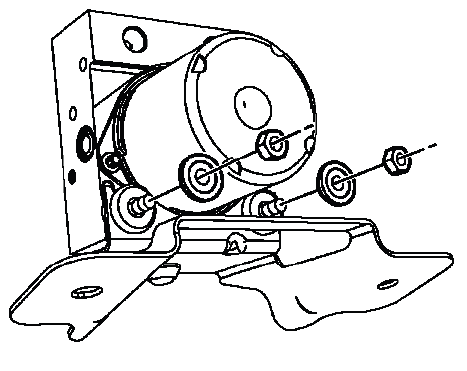
Fig. 20: View Of BPMV Insulator Nuts & Washers
NOTE: Carefully separate the BPMV from the bracket. Do not pry on the accumulator covers on the underside of the BPMV.
5. Carefully lift the BPMV assembly upward to release the BPMV from the bracket.
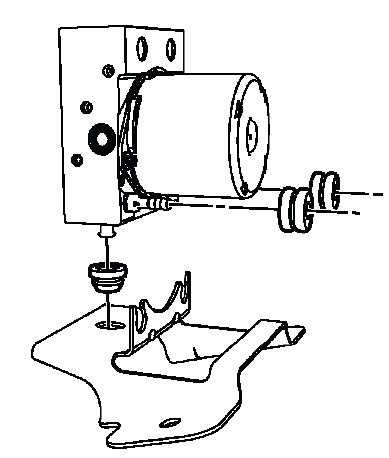
Fig. 21: Identifying BPMV Insulators
6. Remove the BPMV bracket.
7. Remove the 2 upper BPMV bracket insulators.
Inspect the bracket insulators for damage and replace, if necessary.
8. Remove the lower BPMV bracket insulator.
Inspect the bracket insulator for damage and replace, if necessary.
Installation Procedure
1. Install the lower BPMV bracket insulator.
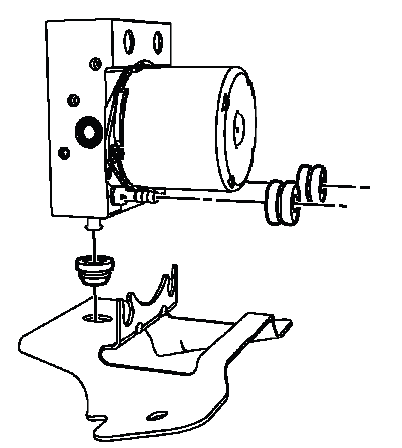
Fig. 22: Identifying BPMV Insulators
Use denatured alcohol on the BPMV bracket insulator as an installation aid, if necessary.
2. Install the 2 upper BPMV bracket insulators.
Use denatured alcohol on the BPMV bracket insulators as an installation aid, if necessary.
3. Install the BPMV bracket to the BPMV.
4. Install the 2 BPMV washers and nuts.
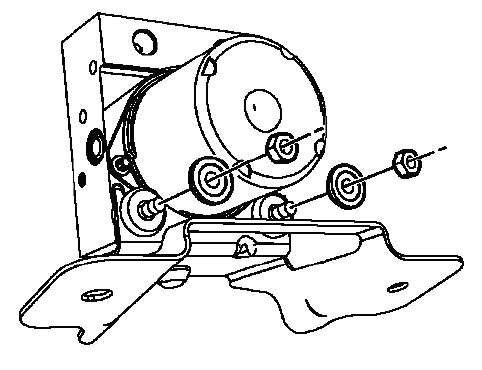
Fig. 23: View Of BPMV Insulator Nuts & Washers
CAUTION: Refer to Fastener Caution.
Tighten
- Tighten the nuts to 8 N.m (71 lb in).
5. Install the 2 BPMV bracket nuts (2).
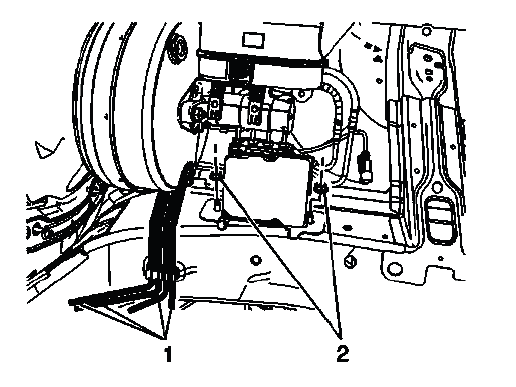
Fig. 24: View Of Front & Rear Brake Pipes
Tighten
- Tighten the nuts to 20 N.m (15 lb ft).
6. Install the front and rear brake pipes (1) to the routing clip on the frame rail.
7. Install the air cleaner assembly. Refer to Air Cleaner Assembly Replacement.
FRONT WHEEL SPEED SENSOR REPLACEMENT
WARNING: Refer to Brake Dust Warning.
NOTE: If replacing the wheel speed sensor due to a DTC, inspect the back of the wheel bearing on the encoder surface for metallic chips or metal shavings. If metallic debris is found, clean the encoder surface to prevent interference with the wheel speed sensor signal and setting of a DTC. Refer to Diagnostic System Check - Vehicle to verify and clear the DTC.
Removal Procedure
1. If replacing the left front wheel speed sensor, remove the air cleaner element. Refer to Air Cleaner Element Replacement.
2. If replacing the right front wheel speed sensor, disconnect and position aside the battery positive junction block cables. Refer to Battery Positive Junction Block Cable Replacement.
3. Disconnect the wheel speed sensor electrical connector (1).
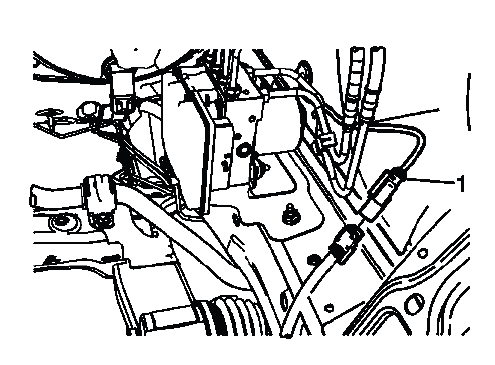
Fig. 25: Identifying Wheel Speed Sensor Electrical Connector
4. Raise and support the vehicle. Refer to Lifting and Jacking the Vehicle.
5. Remove the tire and wheel assembly. Refer to Tire and Wheel Removal and Installation.
6. Release the wheel speed sensor wire grommet (1) from the wheelhouse.
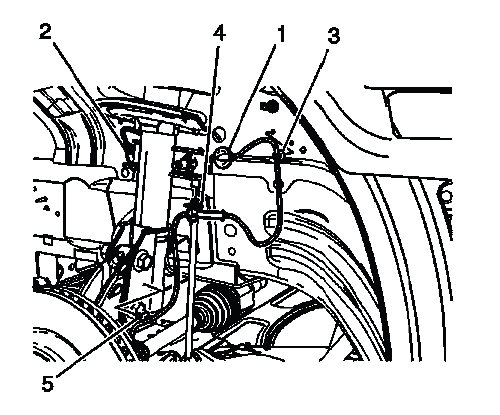
Fig. 26: View Of Wheel Speed Sensor Wire, Wire Grommet, Connector & Harness
Routing Clips
7. Carefully pull the wheel speed sensor wire and connector (2) through the wheel house.
8. Release the wheel speed sensor wire harness routing clip (3) from the wheel house.
9. Release the wheel speed sensor wire harness routing clips (4) and (5) from the suspension strut.
10. Remove the wheel speed sensor bolt.
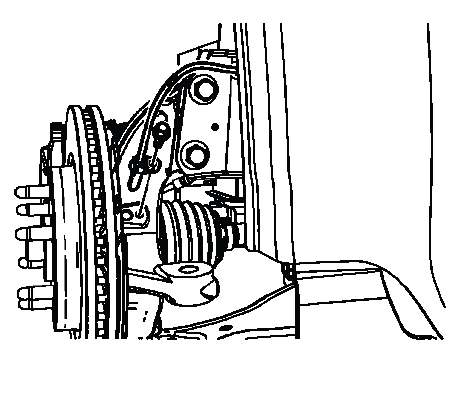
Fig. 27: Identifying Wheel Speed Sensor Bolt
NOTE: Clean the wheel speed sensor mounting area on the steering knuckle of any accumulated dirt and debris.
11. Pull the wheel speed sensor straight up and out of the steering knuckle.
Installation Procedure
1. Install the wheel speed sensor to the steering knuckle.
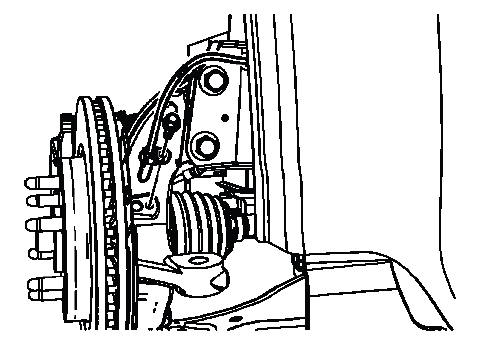
Fig. 28: Identifying Wheel Speed Sensor Bolt
2. Install the wheel speed sensor bolt.
CAUTION: Refer to Fastener Caution.
Tighten
- Tighten the bolt to 9 N.m (80 lb in).
3. Install the wheel speed sensor wire harness routing clips (4) and (5) to the suspension strut.
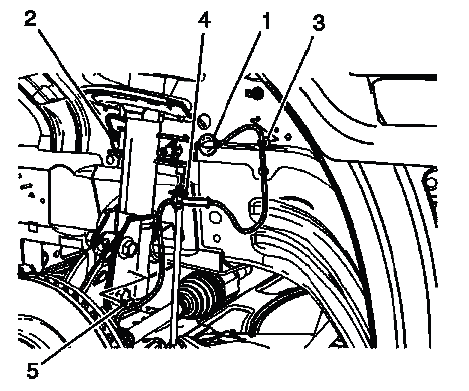
Fig. 29: View Of Wheel Speed Sensor Wire, Wire Grommet, Connector & Harness
Routing Clips
4. Insert the wheel speed sensor wire electrical connector (2) through the wheel house hole.
5. Seat the wheel speed sensor wire harness grommet (1) to the wheel house.
6. Connect the wheel speed sensor electrical connector (1).
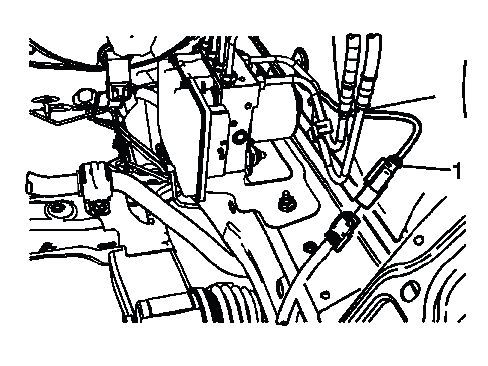
Fig. 30: Identifying Wheel Speed Sensor Electrical Connector
7. Install the tire and wheel assembly. Refer to Tire and Wheel Removal and Installation.
8. If replacing the right front wheel speed sensor, connect the battery positive junction block cables. Refer to Battery Positive Junction Block Cable Replacement.
9. If replacing the left front wheel speed sensor, install the air cleaner element. Refer to Air Cleaner Element Replacement.
10. Perform the Diagnostic System Check - Vehicle.
REAR WHEEL SPEED SENSOR REPLACEMENT
WARNING: Refer to Brake Dust Warning.
NOTE: If replacing the wheel speed sensor due to a DTC, inspect the back of the wheel bearing on the encoder surface for metallic chips or metal shavings. If metallic debris is found, clean the encoder surface to prevent interference with the wheel speed sensor signal and setting of a DTC. Refer to Diagnostic System Check - Vehicle to verify and clear the DTC.
Removal Procedure
1. Raise and support the vehicle. Refer to Lifting and Jacking the Vehicle.
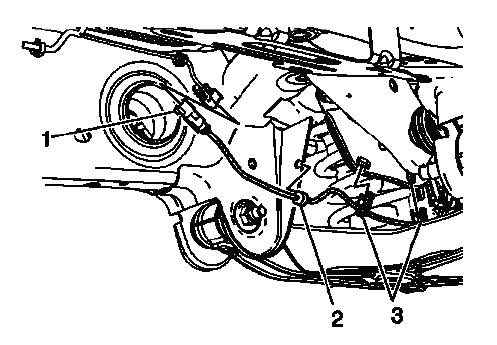
Fig. 31: Identifying Wheel Speed Sensor Electrical Connector
2. Remove the tire and wheel assembly. Refer to Tire and Wheel Removal and Installation.
3. Disconnect the wheel speed sensor electrical connector (1).
4. Release the wheel speed sensor wire harness grommet (2) from the lower control arm bracket.
5. Release the wheel speed sensor wire harness routing clips (3) from the upper suspension link.
6. Remove the wheel speed sensor bolt.
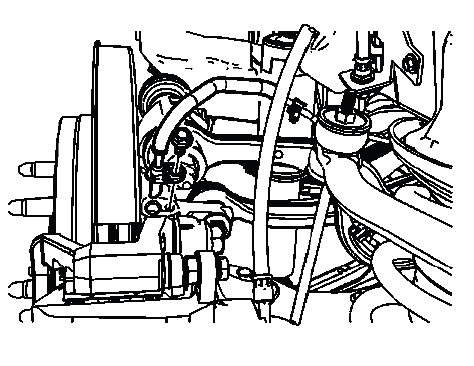
Fig. 32: Identifying Wheel Speed Sensor Bolt
NOTE: Clean the wheel speed sensor mounting area on the wheel knuckle of any accumulated dirt and debris.
7. Pull the wheel speed sensor straight up and out of the wheel knuckle.
Installation Procedure
1. Install the wheel speed sensor to the wheel knuckle.
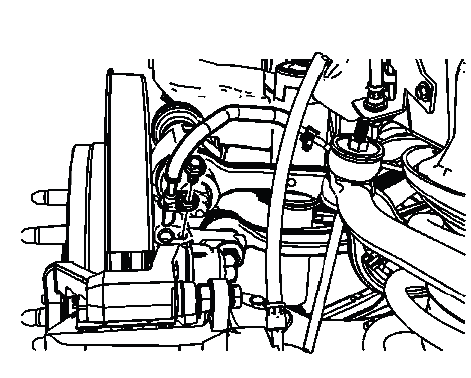
Fig. 33: Identifying Wheel Speed Sensor Bolt
2. Install the wheel speed sensor bolt
CAUTION: Refer to Fastener Caution.
Tighten
- Tighten the bolt to 9 N.m (80 lb in).
3. Install the wheel speed sensor wire harness routing clips to the upper suspension link.
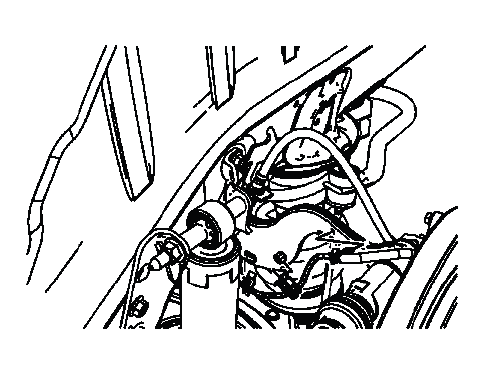
Fig. 34: View Of Wheel Speed Sensor Wire Harness Routing Clip
4. Install the wheel speed sensor wire harness routing clips (3) to the upper suspension link.
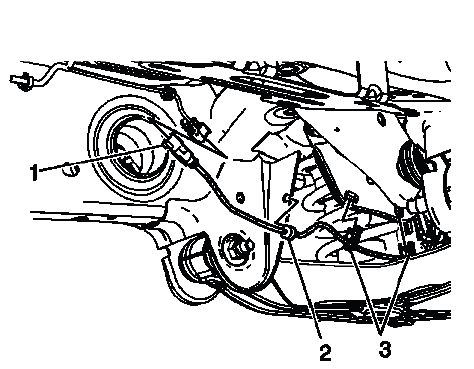
Fig. 35: Identifying Wheel Speed Sensor Electrical Connector
5. Install the wheel speed sensor wire harness grommet (2) to the lower control arm bracket.
6. Connect the wheel speed sensor electrical connector (1).
7. Install the tire and wheel assembly. Refer to Tire and Wheel Removal and Installation.
8. Perform the Diagnostic System Check - Vehicle.
ELECTRONIC TRACTION CONTROL SWITCH REPLACEMENT
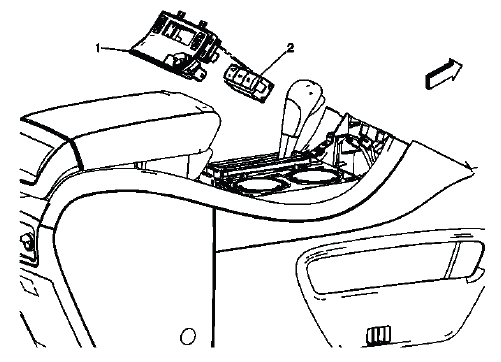
Fig. 36: Identifying Front Floor Console Accessory Housing & Accessory Switch
Assembly
Electronic Traction Control Switch Replacement

VEHICLE YAW SENSOR LEARN
The yaw and lateral accelerometer sensor does not require calibration often. Calibration of the accelerometer sensor might be required after certain service procedures are performed. Some of these procedures are as follows:
- Electronic brake control module (EBCM) replacement
- Yaw and lateral accelerometer sensor replacement
The Yaw Rate Sensor Learn procedure can be completed with a scan tool using the following steps:
- Place vehicle on a level surface
- Apply the parking brake or set the transmission in the P position.
- Ignition ON, engine OFF
- Install the scan tool to the data link connector.
- Scroll to the EBCM, special functions menu on the scan tool.
- Select Yaw Rate Sensor Recalibration.
- Press the Reset.
- Clear any DTCs that may be set.
VEHICLE YAW SENSOR WITH VEHICLE LATERAL ACCELEROMETER REPLACEMENT
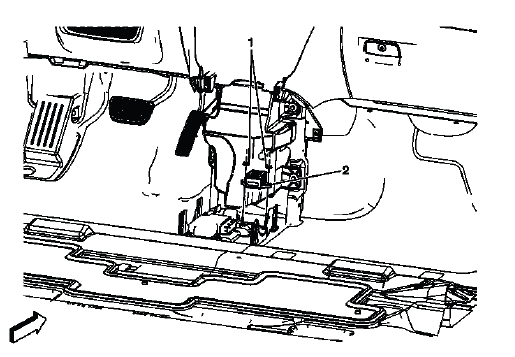
Fig. 37: View Of Vehicle Yaw Sensor With Vehicle Lateral Accelerometer
Vehicle Yaw Sensor with Vehicle Lateral Accelerometer Replacement

